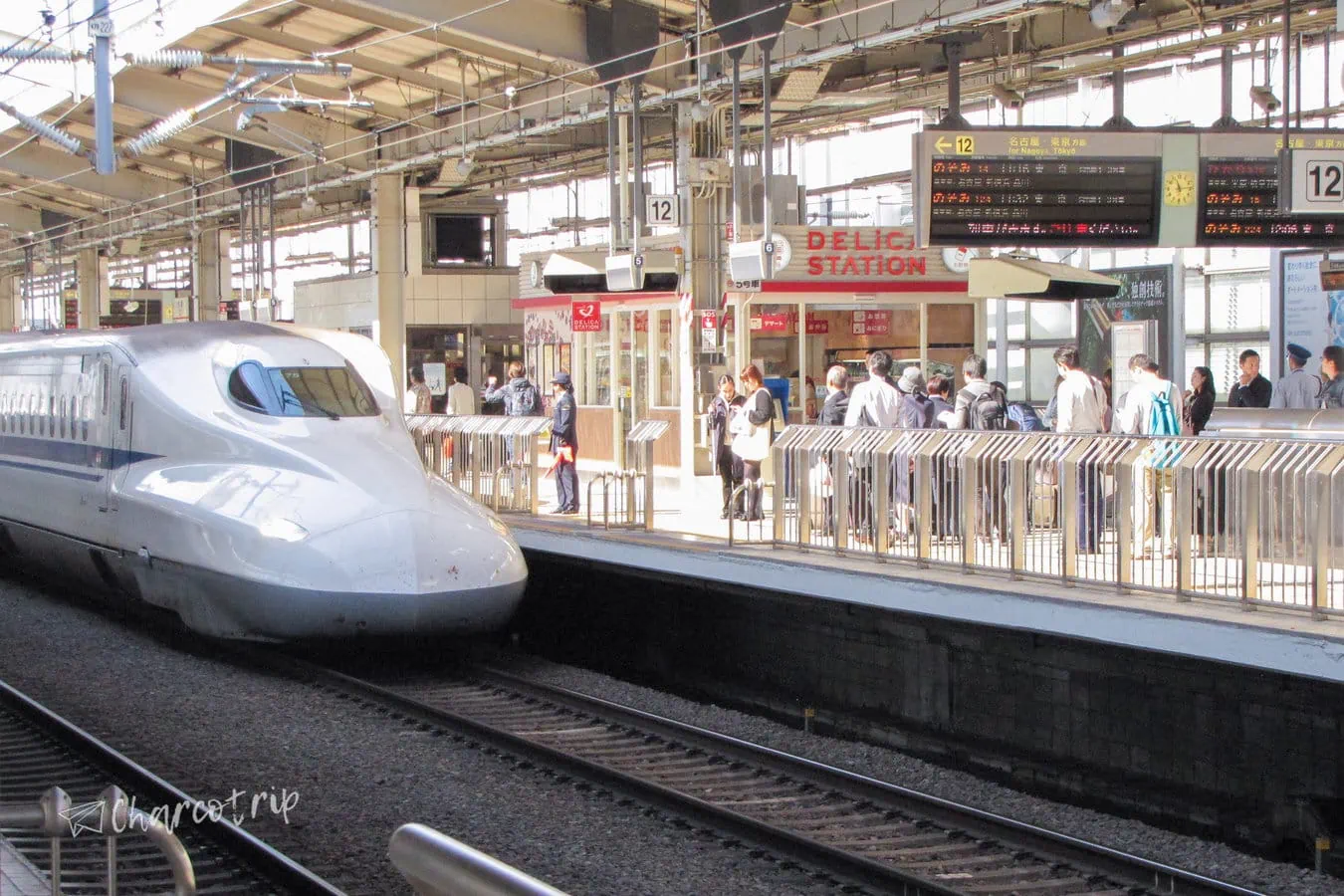What you need to navigate and use the Tokyo subway system (for beginners). How to get around, what are the costs, and can you use your JR Pass?
Arriving at the Tokyo subway is quite an experience! Initially, various feelings overwhelm you: disorientation, excitement, and even a bit of fear when everything appears in Japanese. However, suddenly, you realize there’s something comforting in the familiarity of Latin letters that appear in many places.
It’s like diving into a sea of tranquility, but at the same time, the feeling of helplessness creeps in as you see everyone moving perfectly coordinated while you wonder where to go. In this article, we’ll share our own experiences and how we overcame that difficulty when we rode the subway in Tokyo for the first time!
We’ve had the opportunity to use the Tokyo Metro several times and want to share some tips and tricks we’ve learned over our experiences that will be useful if you’re traveling to Japan.
Contents
- Tokyo subway lines (for beginners and not so much)
- Tokyo subway operating hours
- Tokyo subway prices
- Types of available tickets to use
- Tokyo subway system stations (how to)
- Tips for moving in the Tokyo subway like a pro
- Don’t forget the Tokyo subway map
- Frequently Asked Questions about the Tokyo subway
- Conclusion
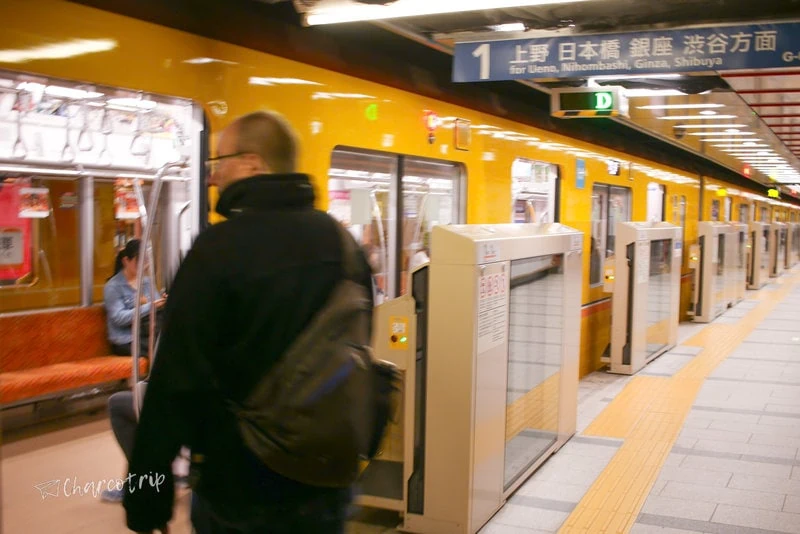
Tokyo subway lines (for beginners and not so much)
Japan is known for its extensive and efficient train network, and Tokyo is no exception. With over 280 subway stations covering the entire city, the lines in the capital will quickly take you to almost any destination smoothly and efficiently.
Each metro station is identified by a letter, a number, and a color circle. The letter indicates the line, the number represents the station, and the color of the circle corresponds to the line.
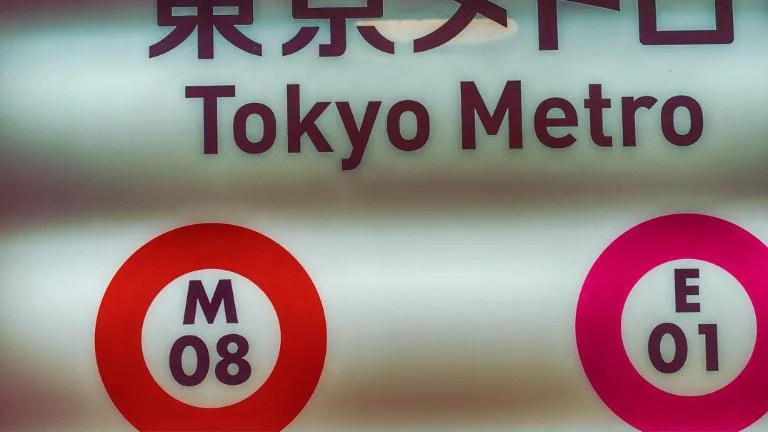
Note that the network consists of lines from various companies. The Tokyo Metro and the Toei Transportation are the two main companies, with a total of 13 metro lines. There are also lines from other companies such as Japan Railways and Odakyu. Depending on your ticket, you can switch between them or pay a supplement.
Tokyo Metro is the most important one, with nine lines covering 195 km and 179 stations, each line identified by its characteristic letter and color:
| Ginza | |
| Chiyoda | |
| Marunouchi | |
| Hanzomon | |
| Hibiya | |
| Tozai | |
| Nanboku | |
| Yurakucho | |
| Fukutoshin |
Toei Transportation has four lines and 106 stations. Both connect different parts of the city, facilitating movement:
 | Asakusa |
 | Mita |
 | Oedo |
 | Shinjuku |
Other lines, such as Keio and Odakyu, also operate in the Tokyo underground.

Looking for a flight ?
Book your tickets at the best price here!
Tokyo subway operating hours
Trains and metros in Tokyo operate from 5:00 AM to 1:00 AM, and some don’t even stop during the New Year holidays from January 1 to 3! Punctuality is incredible: during peak hours, trains appear every 3 minutes, and even every 10 minutes or less in the early morning and late at night.
🤩 Book your tourist ticket to use the Tokyo Metro

However, be cautious during peak hours and late at night, as trains and metros get crowded. But wait, here’s the trick: if you plan your trip between 10 a.m. and 5 p.m., you’ll find plenty of available seats!
When planning your route, be prepared because transfers between lines can sometimes take time, and you might even have to walk 1 km or more between platforms. In other words, don’t take the line change lightly.
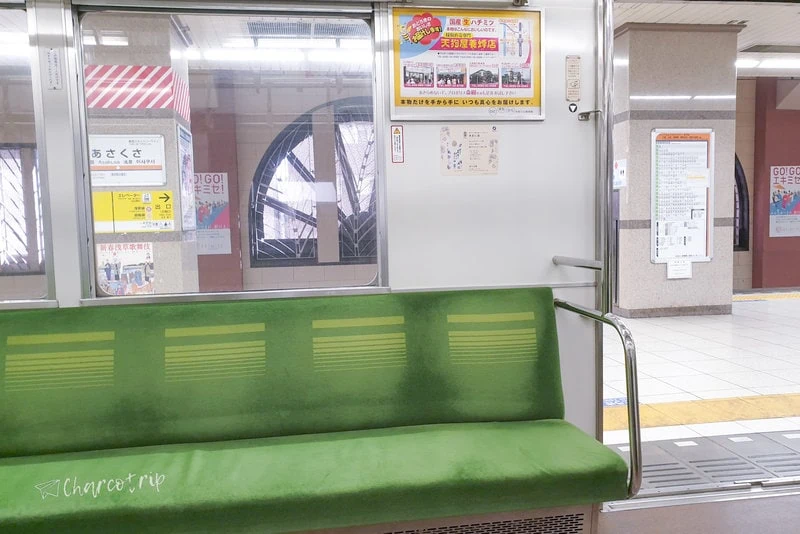
Tokyo subway prices
The cost of the fare for a metro journey in Tokyo varies depending on the distance traveled.
Here is a table with regular ticket fares and IC card fares:
– 1 km – 6 km:
– Regular fare Ticket: 180 yen (Children: 90 yen)
– IC Card: 178 yen (Children: 89 yen)
– 7 km – 11 km:
– Regular Ticket: 210 yen (Children: 110 yen)
– IC Card: 209 yen (Children: 104 yen)
– 12 km – 19 km
– Regular Ticket: 260 yen (Children: 130 yen)
– IC Card: 252 yen (Children: 126 yen)
– 20 km – 27 km:
– Regular Ticket: 300 yen (Children: 150 yen)
– IC Card: 273 yen (Children: 146 yen)
– 28 km – 40 km:
– Regular Ticket: 330 yen (Children: 170 yen)
– IC Card: 324 yen (Children: 162 yen)
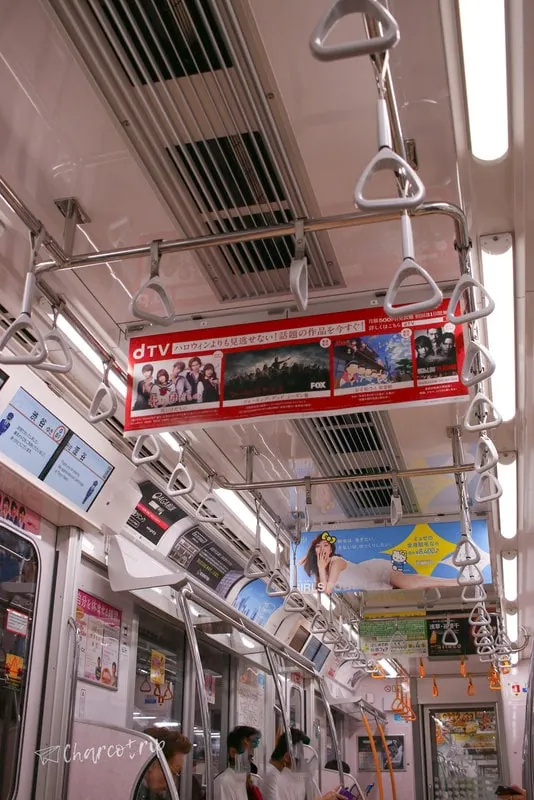
Types of available tickets to use
Individual ticket
If you prefer the flexibility of a single ticket, you can purchase an individual ticket at any metro station. Fares are determined by the distance traveled and range from 180 to 330 yen for Tokyo Metro, and from 180 to 430 yen for Toei. Both companies issue separate tickets.
Upon entering the metro, insert your ticket into a gate with a yellow slot and withdraw it when passing to the other side. Keep it until the end of your journey, as you’ll need it to exit.
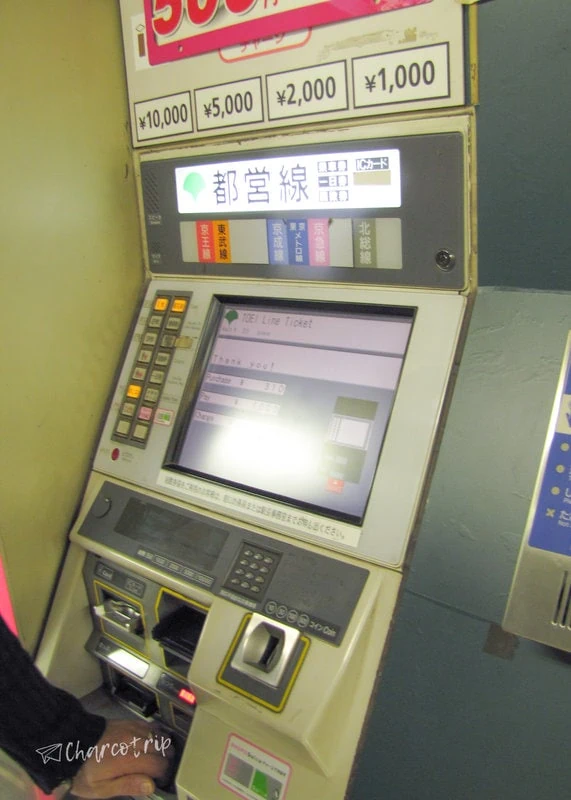
IC prepaid cards (Suica or Pasmo)
In Tokyo, reloadable IC cards like Pasmo and Suica offer a convenient and efficient option. Both cards, available for a refundable deposit of 500 yen, can be purchased at ticket machines in the stations and recharged at station ticket vending machines.
By swiping the card to access, you’ll notice that everything is smoother as the fare is automatically deducted from the card. They also have the additional advantage of being used to pay in other places, such as vending machines and convenience stores.

Unlimited day passes
In addition to buying tickets one by one, you can get a ticket that offers you unlimited travels on the metro for a day on one or both networks.
Here are the available options:
- 1-Day Ticket on Tokyo Metro: 600 yen
- 1-Day Ticket on Toei Transportation: 700 yen
- 1-Day Ticket for both metro networks: 1000 yen
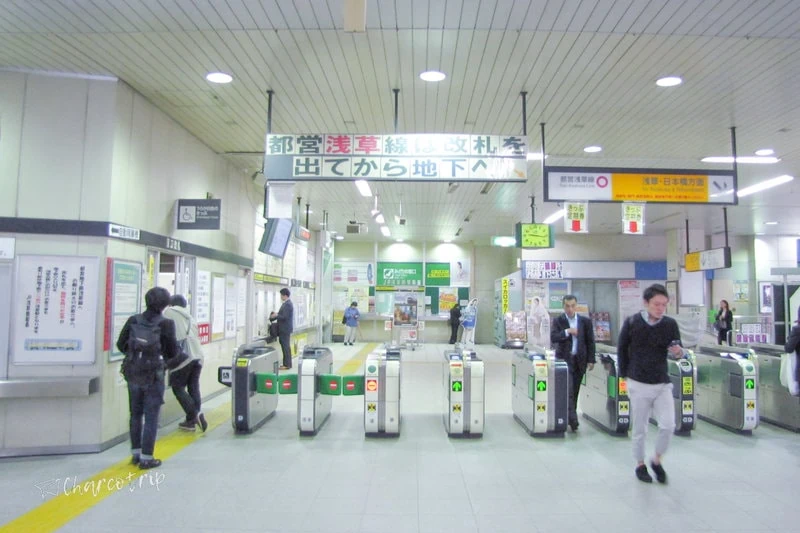
Tourist ticket
Exploring Tokyo as a tourist is easier with 24, 48, and 72-hour tourist tickets. Activate them on their first use and enjoy unlimited trips on Toei and Tokyo Metro lines.
Validity is counted by hours from activation, and you can redeem them at metro station machines with the red logo indicated when making your reservation.
Prices are 800 yen (24 hours), 1200 yen (48 hours), and 1500 yen (72 hours), with special rates for children.
🤩 Book your tourist ticket to use the Tokyo Metro
Can I use my Japan Rail Pass?
The short answer is: NO, you cannot use the JR Pass. However, if you use JR company train lines, such as the JR Yamanote line, you can take advantage of your Japan Rail Pass.
Are you traveling to Japan?
Don't forget to get your Japan Rail Pass!
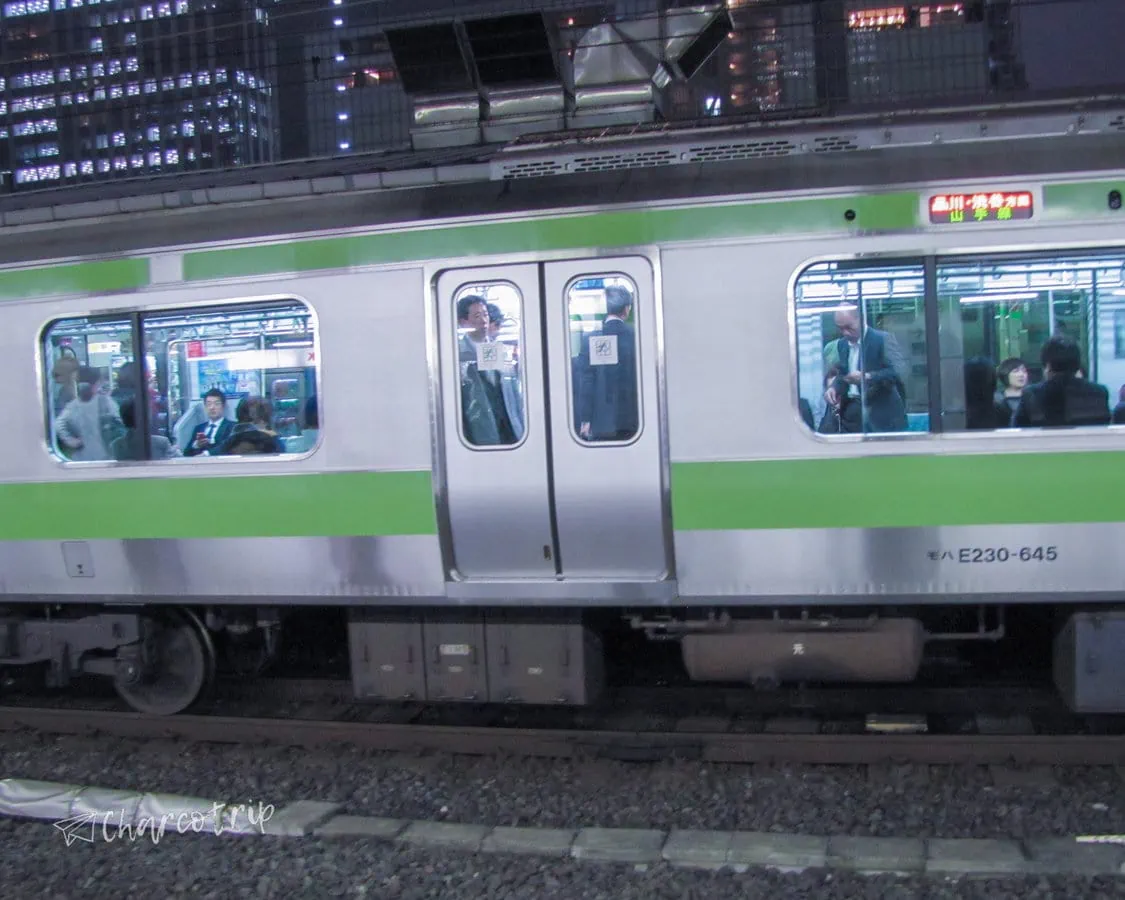
What happens if I don’t pay the correct fare?
Don’t worry if you accidentally travel farther than your ticket allows! If you have traveled a greater distance, you can pay the additional fare at a fare adjustment machine located near the exit gates. If you can’t find them, the staff will help you get it sorted, even if you don’t speak the language, show them your ticket, and they’ll understand everything.
It’s easy to resolve: simply place your ticket in the machine, and it will show you the fare difference you need to pay. After inserting the difference, take your ticket and pass it to exit. Remember that if it’s an individual ticket, the machine won’t return it, but if it’s a 1-day pass, you need to pick it up when you exit.
Tokyo subway system stations (how to)
How to know which subway lines pass through there?
To know which metro lines pass through a particular station, just take a look at the circles drawn at the entrance.
As we saw earlier, each line has its own color and letters in the circle, so it’s a piece of cake! Just identify the color and letters to know exactly which lines are available.
As a tip, when you get off, also note the exit you’re entering, in case you want to return to the point you’re departing from (for example, if it’s the station near your hotel).
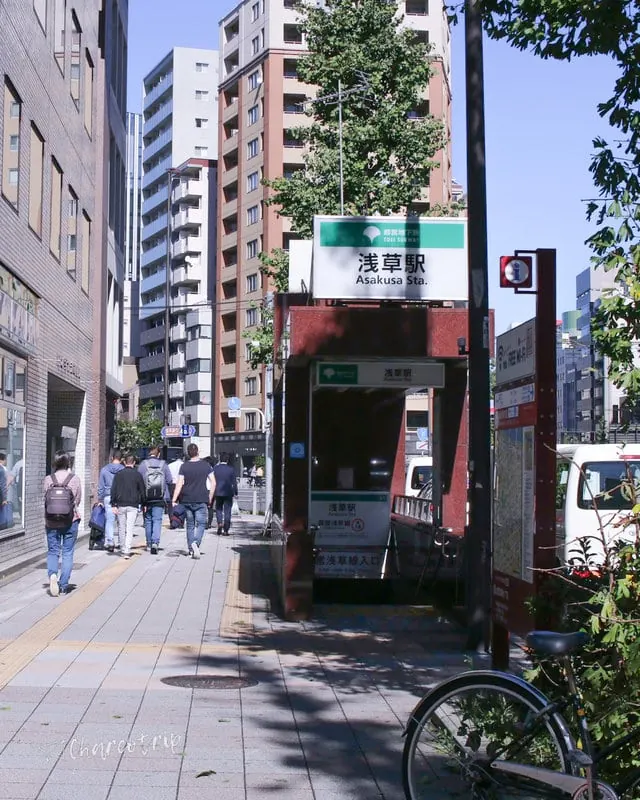
Where to wait on the platform?
On the Tokyo Metro platform, you’ll find safety gates indicating where the carriage will stop. It’s great because it allows you to position yourself to the sides and wait for people to exit without obstructing the way. During peak hours, you might see others forming a line, so just stand behind them. An easy and organized way to board the metro without any issues!
I remember that when we arrived at the metro for the first time, we found people standing in line. Immediately: we stood in line too, but without knowing what to expect. When the vehicle arrived, we understood everything: the metro arrives, the doors open, people LET THE ARRIVING ones exit, they wait patiently, and then board WITHOUT SKIPPING THE LINE. I was amazed! This scene would repeat on every occasion, and now I’m used to it and, in fact, it makes me even more irritated that it’s not like this in other places.
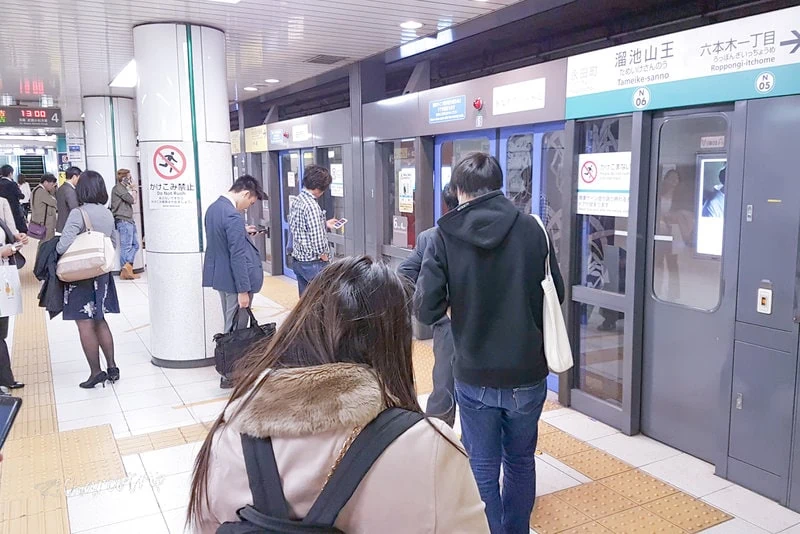
How to know where to exit?
After leaving the paid area, look for the number of your exit on the yellow signs where all the codes for available exits are listed, which are also shown along with a map of the area.
Once you find your exit number, follow the corresponding signs. Don’t worry; all the directions are written in both Japanese and English so that you won’t get lost!
Keep in mind that in large stations, there may even be shops and restaurants, so don’t be surprised if you get distracted more than expected just to exit.
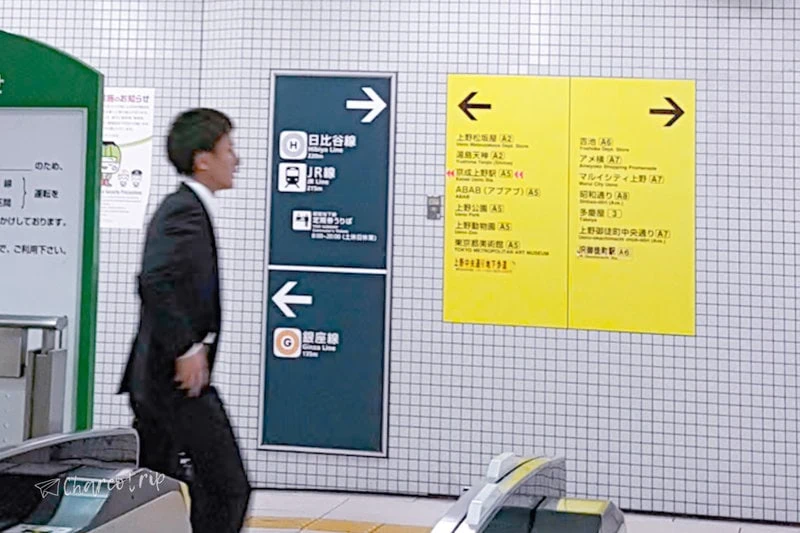
What if I need to use the bathroom?
If you need to use the bathroom at Tokyo subway stations, don’t worry! Generally, you’ll find restroom facilities that are free and quite clean (and this at almost every station).
Personally, I usually distrust public toilets at stations, but in Tokyo, I was pleasantly surprised by the cleanliness and good condition of the facilities.
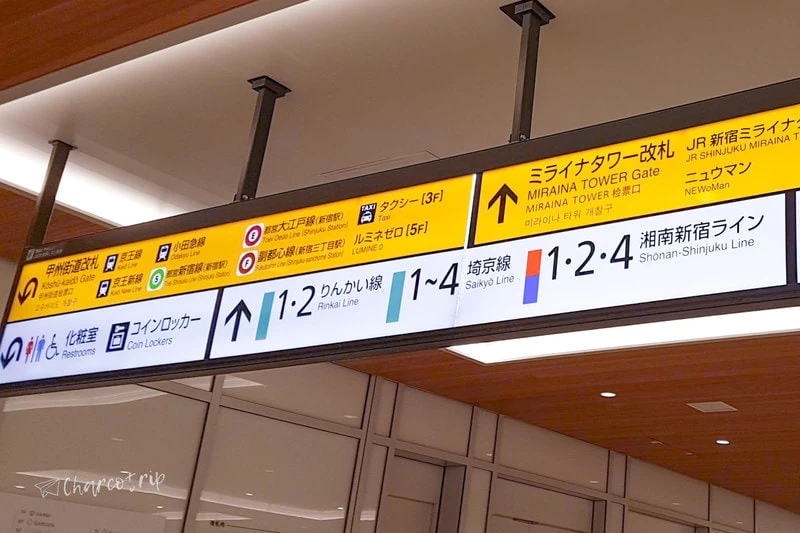
Tips for moving in the Tokyo subway like a pro
- Look at the signs, position yourself, and move as fast as you can. Signs come first in Japanese, but almost always come accompanied by descriptions in Latin letters. The signs usually indicate the terminal station, but the main stations towards which it goes can also be mentioned. That helps a lot to orient yourself.
- Be careful if you have a suitcase with wheels; do your best not to run over people.
- Use Google Maps to plan your routes; it will also tell you the cost, so you can plan your budget and this app will help you navigate smoothly.
- Know how to use escalators; the convention in Tokyo is: If you want to stay still, stand on the left. If you wish to walk to climb the stairs, keep to the right.
- Queue up, don’t crowd.
- Generally, it’s not well seen to eat or drink on the train, just like talking on a mobile phone.
- Be aware of your space. If you have a large backpack, turn it and wear it in front, or place it between your legs.
- If you’re out late, keep in mind that your last train home is probably between 11:30 PM and 12:30 AM the next day. The first trains in the morning start around 5:00 AM.
- Train cars have priority seats that should be given first to pregnant women, the elderly, or people with disabilities.
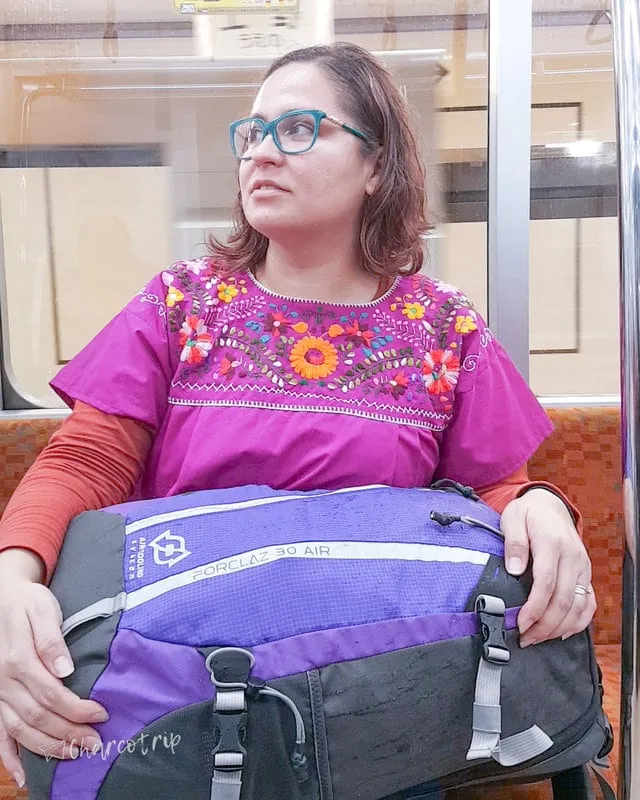
Don’t forget the Tokyo subway map
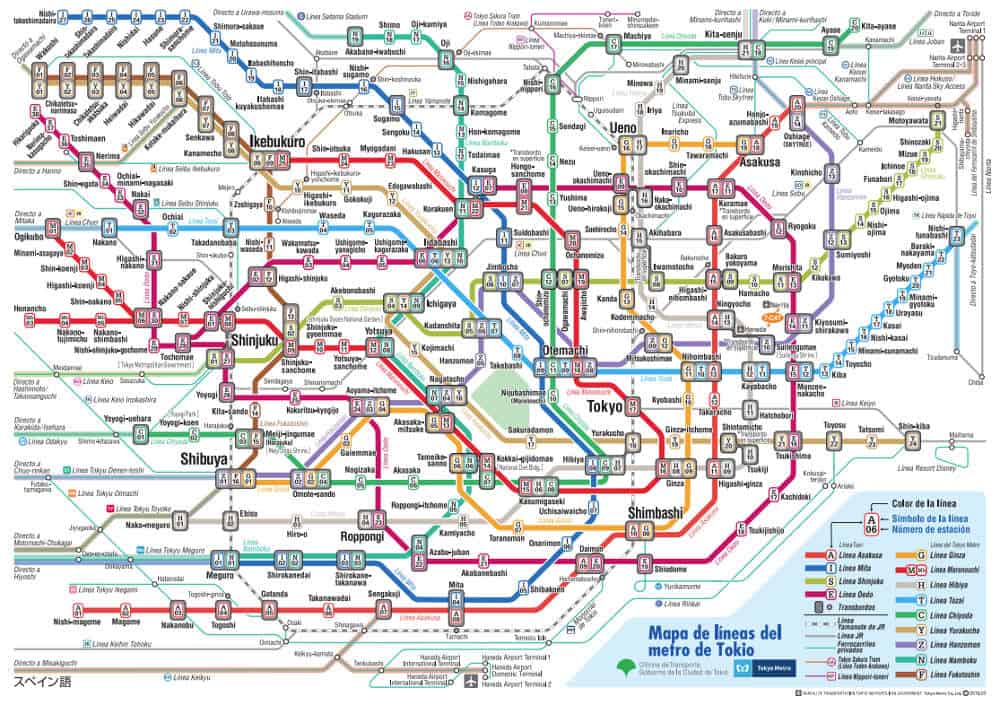
Download here the PDF with the map of the official Tokyo Metro line system and all stations.
Frequently Asked Questions about the Tokyo subway
What is the Tokyo subway?
The Tokyo Metro is the underground transportation system that serves the city of Tokyo, Japan. It consists of an extensive network of metro lines operated by two main companies: Tokyo Metro and Toei.
How can I use the Tokyo subway?
To use the Tokyo Metro, simply acquire a ticket from the vending machines available at each metro station. Different payment methods are accepted, and you can choose to use cards like Pasmo or Suica for added convenience, as well as passes for unlimited travel in a day.
How many lines does the Tokyo subway have?
The Tokyo Metro has a total of 13 lines covering the entire city. These lines are managed by Tokyo Metro and Toei, providing wide coverage for efficient travel throughout Tokyo.
What are the Tokyo subway operating hours?
The Tokyo Metro operates from the early morning, around 5 a.m., until midnight. It’s important to check the specific schedules of each line, as they may vary.
What is the price of the subway ticket in Tokyo?
The ticket price varies depending on the distance traveled, with the minimum fare being 180 yen. You can also opt for a metro pass for unlimited travel over a specific period.
What’s the difference between JR Lines and Tokyo Metro lines?
JR lines are operated by the JR East company and connect different parts of the city of Tokyo. It’s important to consider JR lines when planning your movements.
How to transfer in the Tokyo subway?
To make a transfer, follow the indications in the stations to change lines. Generally, you don’t need to exit the station to make transfers, but sometimes it may be necessary and can be somewhat confusing.
Would it be possible to reach Tokyo Airports (Narita or Haneda) by Metro?
Directly, it’s not possible. To go to Narita Airport, you only need to reach JR stations such as Tokyo, Shibuya, or Shinjuku by metro. After getting off, look for signs guiding you to JR or the Narita Express.
To reach Haneda airport, you can take the Asakusa line of the Toei Metro, which, upon reaching Shinagawa station, becomes the Keikyu line. For you, there won’t be much change, as there’s no need to change cars.
Conclusion
Exploring Tokyo has never been easier! With all the Tokyo metro and the Toei subway lines that make up the extensive network, moving around the city becomes a game of colors and letters, with each station becoming a gateway to a new adventure.
To travel by metro in Tokyo, you just need to know the color of the line and the destination station. The price depends on the distance traveled, and each station takes you to exciting corners of the city. So, if you’re going to use this efficient means of transportation during your days in Tokyo, know that reaching the platform is just the beginning of a unique experience!
Remember that the Tokyo Metro and Toei Subway connect you to many key stations, allowing you to move around Tokyo with ease. Also, if you need tips on getting around or how to get to a specific place, we’re here to help.
In summary, using the metro becomes an art, and with our suggestions, you’ll become an expert in the art of moving around Tokyo. It’s always exciting to discover new corners of Tokyo, and the metro is the perfect ally to explore every corner of this fascinating city.
If this article has left you wanting more, feel free to explore our other articles on Japan and planning your trip! From practical tips to must-visit destinations, we provide all the information you need to make your adventure to the land of the rising sun an unforgettable experience.
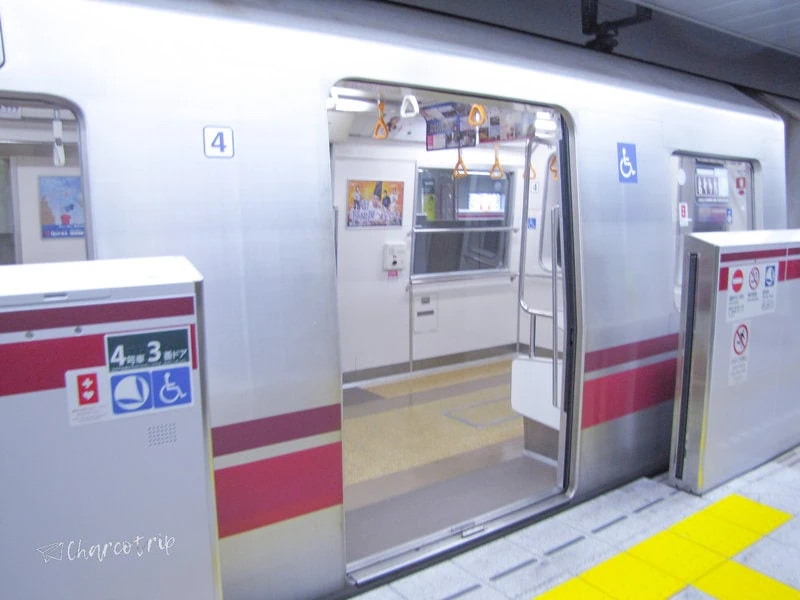
Some of the links in this article include affiliate links. This means that if you buy a product listed here by following these links, we'll receive a commission. The use of this link does not increase the final price for you and thus helps us to keep our blog alive.



